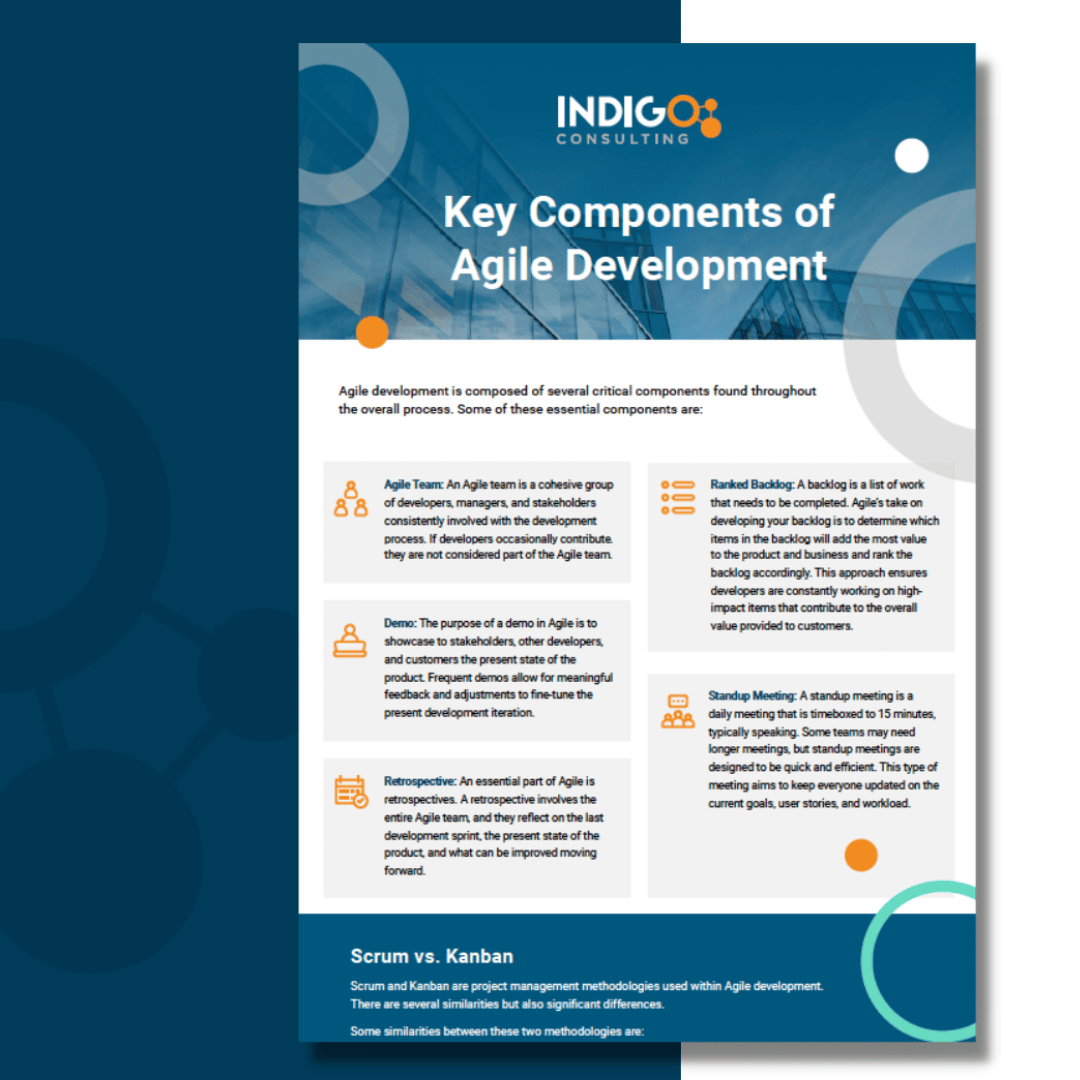Regulations, data breaches, identity theft, and hacking incidents are prompting organizations worldwide to re-evaluate how they protect sensitive data and prevent unauthorized access to critical systems.
Identity and Access Management (IAM) has emerged as a valuable framework for improving security postures and paving the way for zero-trust architecture. As a result, increased security and compliance concerns are driving forces behind growth in the IAM market, which is anticipated to grow by a CAGR of 13% between 2023 and 2032.
Getting started with IAM requires adopting the right mindset, asking the right questions, and working with the right partner. Skipping any of these steps can result in an ineffective IAM program or a failed attempt entirely.
Fortunately, you don’t have to start from scratch. Read on to learn common mistakes and how you can avoid making them.
Common IAM Mistakes to Avoid
You can learn from the mistakes of other organizations to build your new IAM program that meets your business objectives, solves major pain points, and improves GRC. Let’s go over missteps you can avoid as you start IAM.
Focusing on Data Hygiene Too Late
Data hygiene is essential, but if handled too late in the process or your company’s growth, it can be a significant problem. Your teams will be tasked with reworking identities and permission mapping from the ground up.
Instead, create data policies and map identities as soon as possible. You’ll eliminate future rework, be able to explain processes to new hires, and help manage applications. If you’re a small to medium-sized company, plan for future growth by building a robust data hygiene foundation.
Failing to Understand Business Drivers
Why exactly are you adopting IAM? An essential component of approaching IAM is having a solid understanding of must-haves and critical concerns.
For example, if cutting down on memorizing passwords for half a dozen applications is a must-have, you’ll focus on Single Sign-On (SSO) platforms. Conversely, Multi-Factor Authentication (MFA) can bolster your security posture. You may want both, but it’s vital to prioritize must-haves related to critical issues.
Knowing the core business drivers behind pursuing IAM defines the entire journey and shapes future steps.
Working With a Non-Specialized Consulting Firm
IAM-related technologies are not like most IT solutions. You aren’t looking for a new provider for cloud storage; you’re exploring a series of technologies that must work together to accomplish stated objectives.
Many organizations make the mistake of working with a general IT consulting firm. Unless they have specialized IAM knowledge, they may fail to adequately find the right solutions and help you deploy them. Then, you’re left with a significant repair project as you backpedal and start over.
Instead, focus on finding the right partner with expertise in IAM technologies, practices, and methodologies. Their expertise will procure the necessary solutions, assist with deployment, and provide ongoing support as you grow and evolve.
Taking on More Than You Can Handle
Large companies often try to bite off more than they can chew. IAM is not a short-term project but a long-term program. It’s essential to be realistic about timelines and understand that getting started with IAM is a significant undertaking.
Create a comprehensive roadmap that defines each stage, key deliverables, and timelines. All stakeholders and involved teams should have a strong understanding of what’s involved before moving forward.
Misunderstanding the Complexity of Adopting IAM
IAM is a series of technologies, processes, and policies rather than a new tool to add to your tech stack. The intersection between technologies and business processes creates added complexities — they simply don’t speak the same language.
Your organization must illuminate and unite business processes with technologies. Bring the right stakeholders and sponsors together, define perceived vs. actual issues, and create a roadmap to address them.
Failing to understand the inherent challenges of an IAM program can result in frustration and an ineffective program. Plan ahead by getting everyone on the same page.
No Takeover or Support Teams Ready
IAM is not a simple endeavor; are your teams ready to take it on? You’ll need to bring in the right people or cross-train existing teams ready to understand and manage new solutions.
The IAM partner you work with initially will likely provide ongoing support, but you still need internal support ready to learn and adapt as your program evolves. When your partner steps away, your team needs to be ready to understand IAM at a fundamental level.
You may still need advisors to guide the overall growth of the program, but internal teams must also understand how to support the current and future state of the overall ecosystem. Avoid this mistake by hiring new experts or training existing staff as early as possible.
Avoid Making These Mistakes by Partnering with Indigo Consulting
Working with the right partner can help navigate the complexities of getting started with IAM from a technical and business perspective. You’ll reach deployment and start reaping the benefits of IAM without making costly mistakes that cause delays or inadequate security.
We’ve helped organizations of all sizes embrace IAM. Our team of IAM experts and developers gain an in-depth understanding of your goals, challenges, and ecosystem to plan ahead and prevent these mistakes.
Is it time for your organization to embrace IAM? Talk to our IAM consultants today to learn more about the steps needed to get started.
Read the other blogs in this series









